
An entryway addition can cost thousands, but it pays off in multiple ways. Let’s look at entryway addition costs and what factors affect your total.
Time to get unhinged
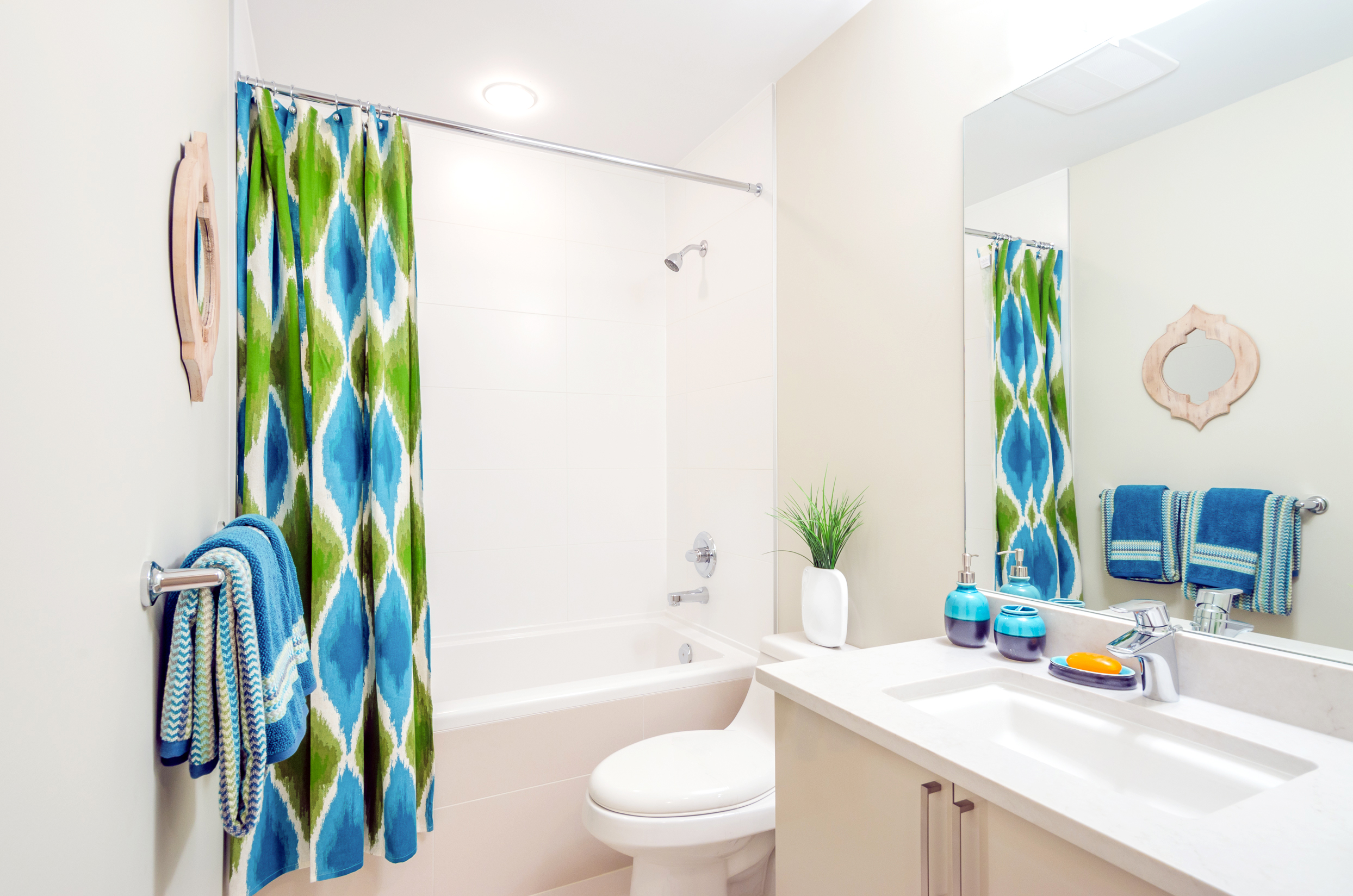

Oh, the grime that the track of sliding shower doors can attract. It can leave you pondering how to remove a shower door so you can give the tracks a good clean or replace it with a new one. Luckily, it only takes a screwdriver, a plastic scraper, a little elbow grease, and part of a day to swap a shower frame and door for a shower curtain or a new door. One person might be able to handle this project, but you’re less likely to damage the door, walls, and floors if you have a helper.
For this type of shower door, slide the doors to one side. Use a screwdriver or electric drill to remove the screws holding the center guide in place, and remove the guide.
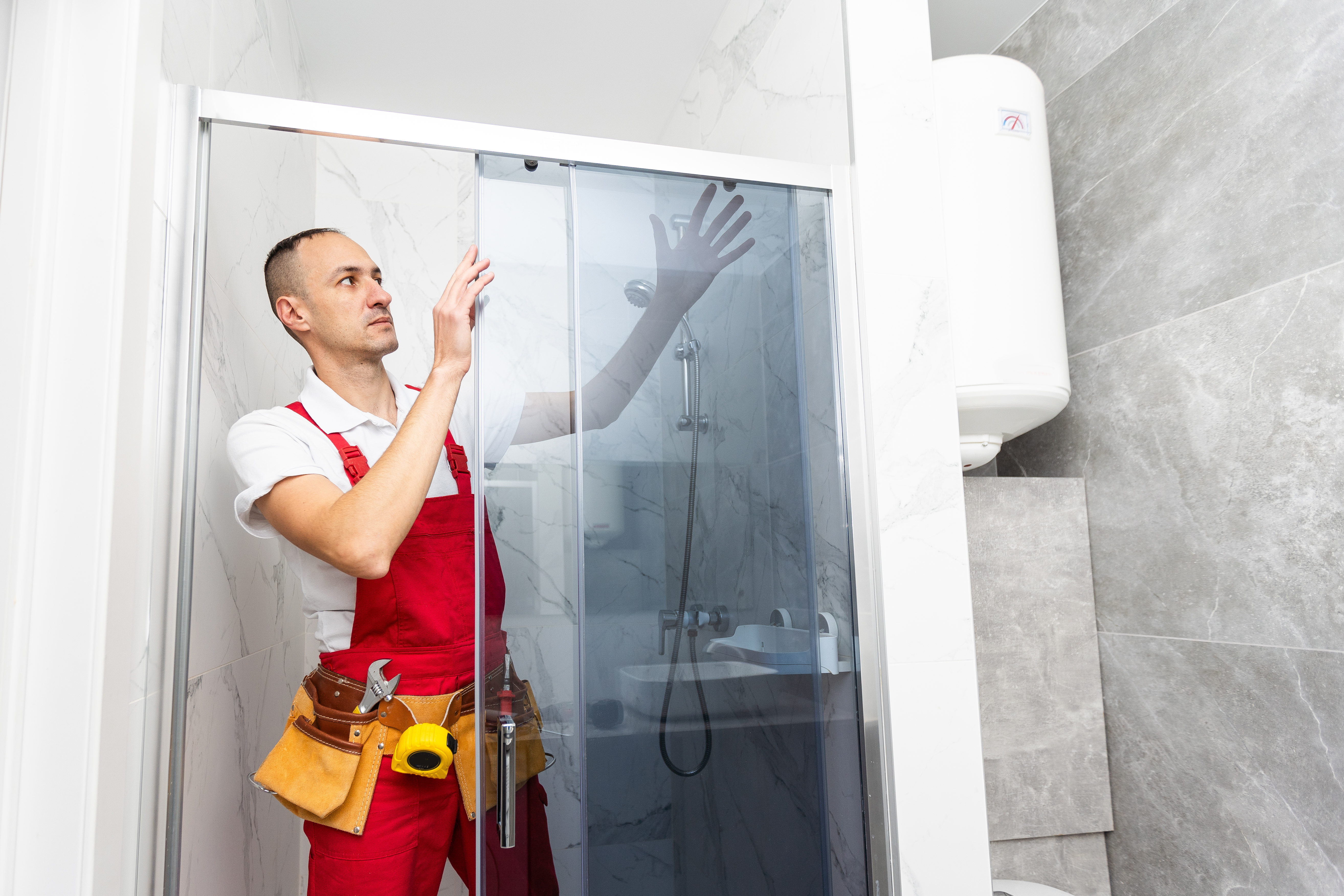
Lift out the doors one at a time. While one person might be able to handle a door, you’re less likely to damage the door, walls, and floor if two people lift the doors out one at a time.
Use a screwdriver or electric drill to remove the remaining screws that attach the frame to the wall. Remove all screws, regardless of the type of track you have. Some models will have bottom, side, and top pieces with screws, while others may only have a top and bottom track.
Use a utility knife to gently cut and break the caulk seal around the frame. Be careful not to scratch the shower’s surface. You’ll use caulk remover and a plastic scraper later on, so it’s okay if a small amount remains.
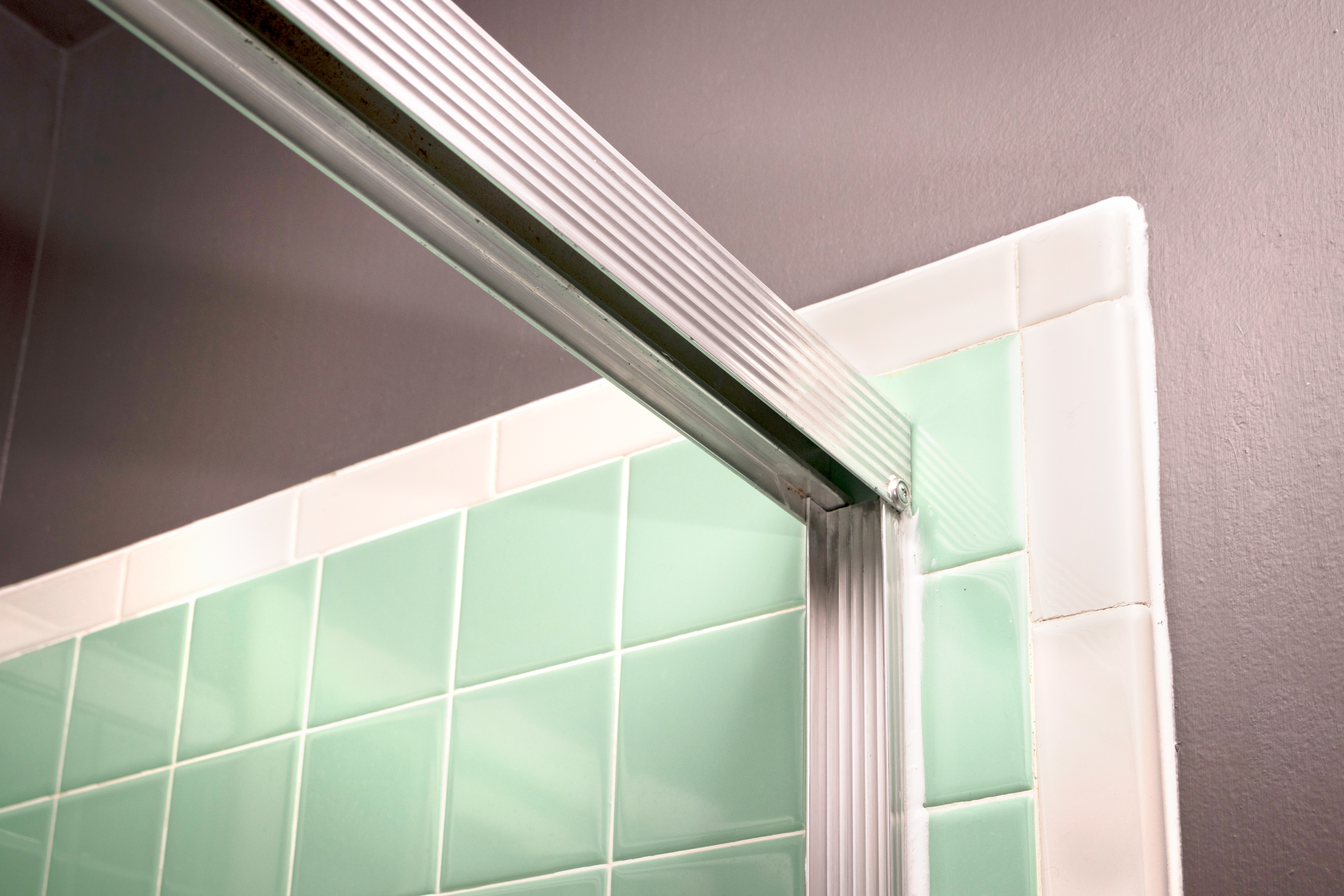
Tap one side of the frame header (the top piece) from underneath until it starts to move. Then, tap the frame header from underneath on the other side. Continue to do this until the top piece comes off.
The wall jambs (side pieces) are next. Wiggle the wall jambs to see if they’re loose. Some may come away easily, while others may have adhesive or caulk still holding them in place. Continue to give them a good shake until they come loose.
If you’re having trouble with the side jambs, try warming the caulk or adhesive with a hairdryer to soften it and loosen its grip.
Hold the utility knife at a 90-degree angle to cut the caulk and break the seal along the bottom rail. Again, be careful not to cut the shower's surface. You’re going to see some grubby grime underneath the rail, but it won’t be there for long.
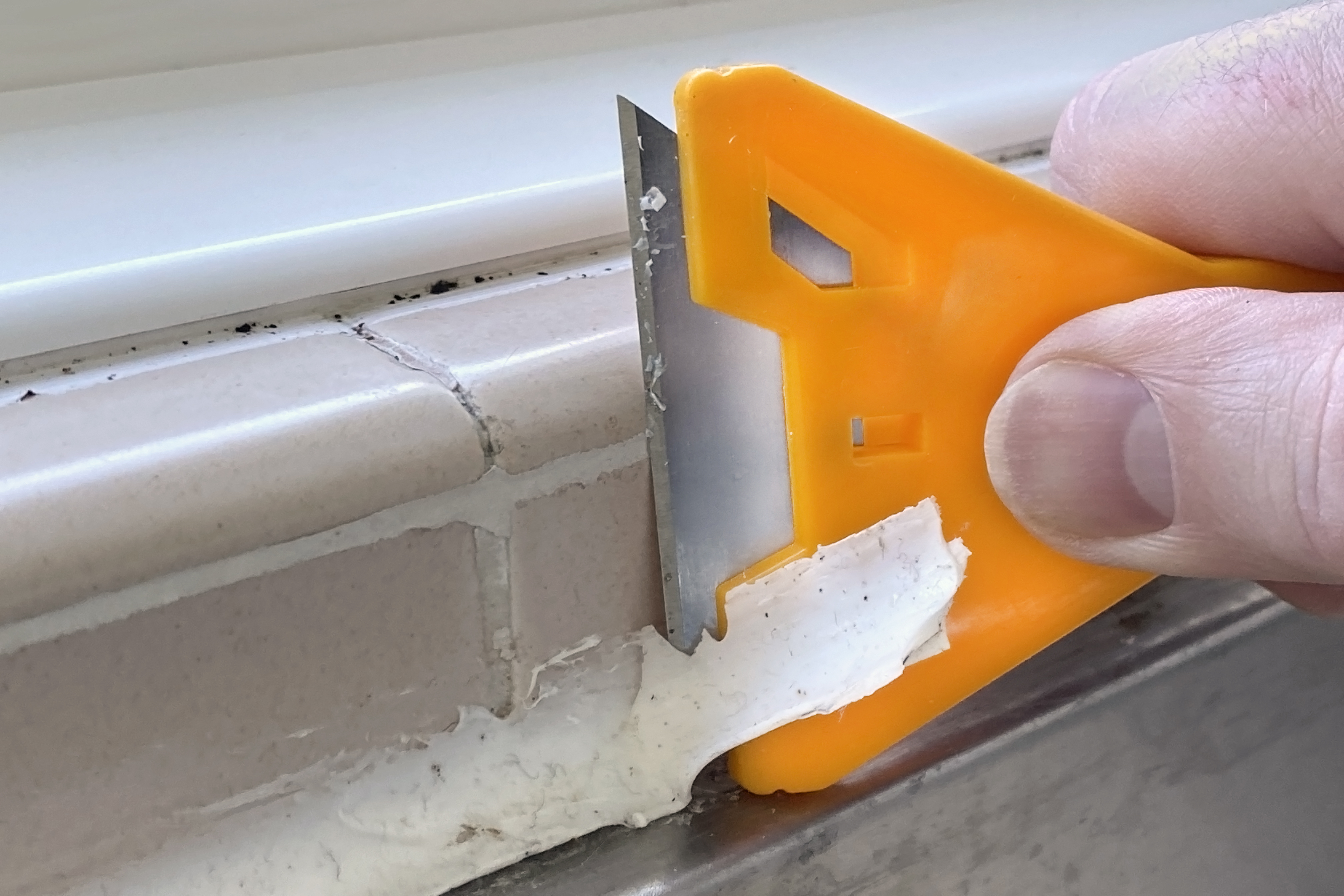
Use a plastic scraper or an old credit card to scrape off the remaining caulk. If it’s not coming off, you can use the hairdryer again to heat and soften it as you’re scraping it off.
Some caulk may be very difficult to remove. Use commercial caulk remover according to the manufacturer’s instructions to remove the caulk from the wall and shower base.
Use silicone caulk and a caulk gun to fill in the screw holes in the shower sides and base.
After the caulk has set, wash the area covered by the door frame with a clean rag and a shower cleaner.
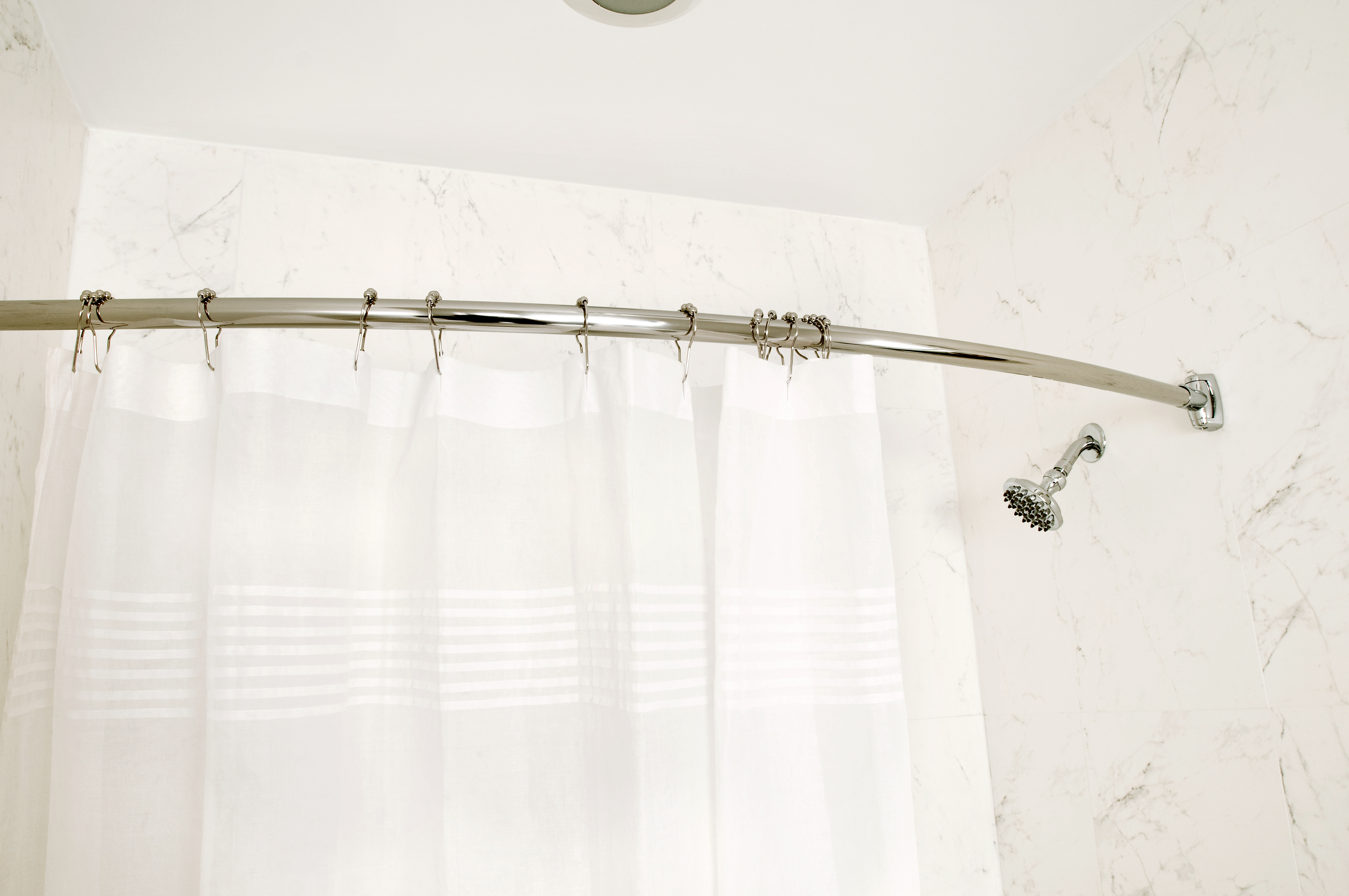
Hang a tension rod, curtain rod hooks, a shower liner, and a shower curtain. You don’t necessarily need a curtain if you use a liner. You can also install a new shower door if you’re looking for an upgrade.
One of the biggest concerns with removing a shower door is the potential for damage during the removal process. We highly encourage you to do this project with a second person when removing the shower doors. The doors can be heavy, awkward, and slippery if the shower has been recently used. Two people can lessen the chances of dropping the door on the way to dispose of it. You can also apply painter’s tape to the edge of the doors to help prevent cracks and chips as you’re moving the door.
Shower doors with frames and tracks are notoriously hard to keep clean. If you’ve got mold growing on or around the door that you can’t reach or the door is tough to clean, remove the door and opt for a shower curtain. Those who live in areas with high humidity may have trouble keeping the track dry between uses, which increases the chances of mold and mildew growth. Another reason would be if the doors are dated and you’re looking for an inexpensive way to give your bathroom a glow-up.
This is a project most beginners can DIY. It doesn’t take many supplies and uses basic tools and skills. You can do it yourself for between $50 and $75.
A local shower installation professional would make short work of this project and could have it done in a couple of hours. Shower installers charge an average of $60 per hour, so labor costs would make up the majority of the price if you went this route. If you have the inclination to remove a shower door yourself, this is a DIY project that could save money and not be too time-intensive.
From average costs to expert advice, get all the answers you need to get your job done.

An entryway addition can cost thousands, but it pays off in multiple ways. Let’s look at entryway addition costs and what factors affect your total.

Looking to upgrade your bathroom to a fully waterproofed room? Learn how much a wet room costs and what factors to consider to get an accurate estimate.

The cost to install a bathroom fan will vary based on multiple factors, including the bathroom size, how many fans you need, the type of fan, and more.

Make choosing your toilet seat a cinch using this guide. Learn about different toilet seat types, shapes, materials, and features.

Ready for a bathroom refresh? If you’re considering a new tub, learn the pros and cons of some of the best bathtub materials on the market.

Renovating your kitchen and want to know what the best tile for kitchen floor is? Our guide to the many types of kitchen floor tiles will help you make the best choice.